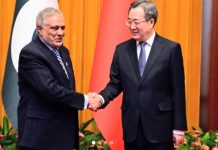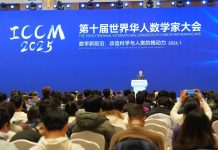DM Monitoring
URUMQI: The population change in northwest China’s Xinjiang Uygur Autonomous Region involves the overall improvement in population quality and is a voluntary choice made by people, says a recent study.
The study, entitled “An Analysis Report on Population Change in Xinjiang,” by Li Xiaoxia, a researcher for the Xinjiang Development Research Center, used facts and figures to explain the rationality of population change in Xinjiang and refute Adrian Zenz’s false allegations about the population of the region.
Since the founding of New China, the total population of the region and that of ethnic minorities in Xinjiang, especially the Uygurs, have maintained rapid growth, says the study. The growth of Uygur population in southern Xinjiang is even more prominent, according to the study, citing official data.
The natural growth rate of population in Xinjiang decreased from 11.4 per 1,000 people in 2017 to 6.13 per 1,000 people in 2018. The study attributed the transition to the implementation of a unified family planning policy, changed mindset on marriage and procreation and reined in religious extremism in the region.
In recent years, young people in Xinjiang have discarded backward and outdated thoughts on partner selection and procreation, and an increasing number of youths belonging to ethnic minorities chose to spend more time and energy on personal development, according to the study.
In the process of eradicating extremism, the mindsets of some women were emancipated, and gender equality and reproductive health were promoted, the study says.
Based on the four-stage hypothesis of the demographic transition theory, the population of Xinjiang has entered the fourth stage with low mortality rate, low birth rate and low growth rate, according to the study.






